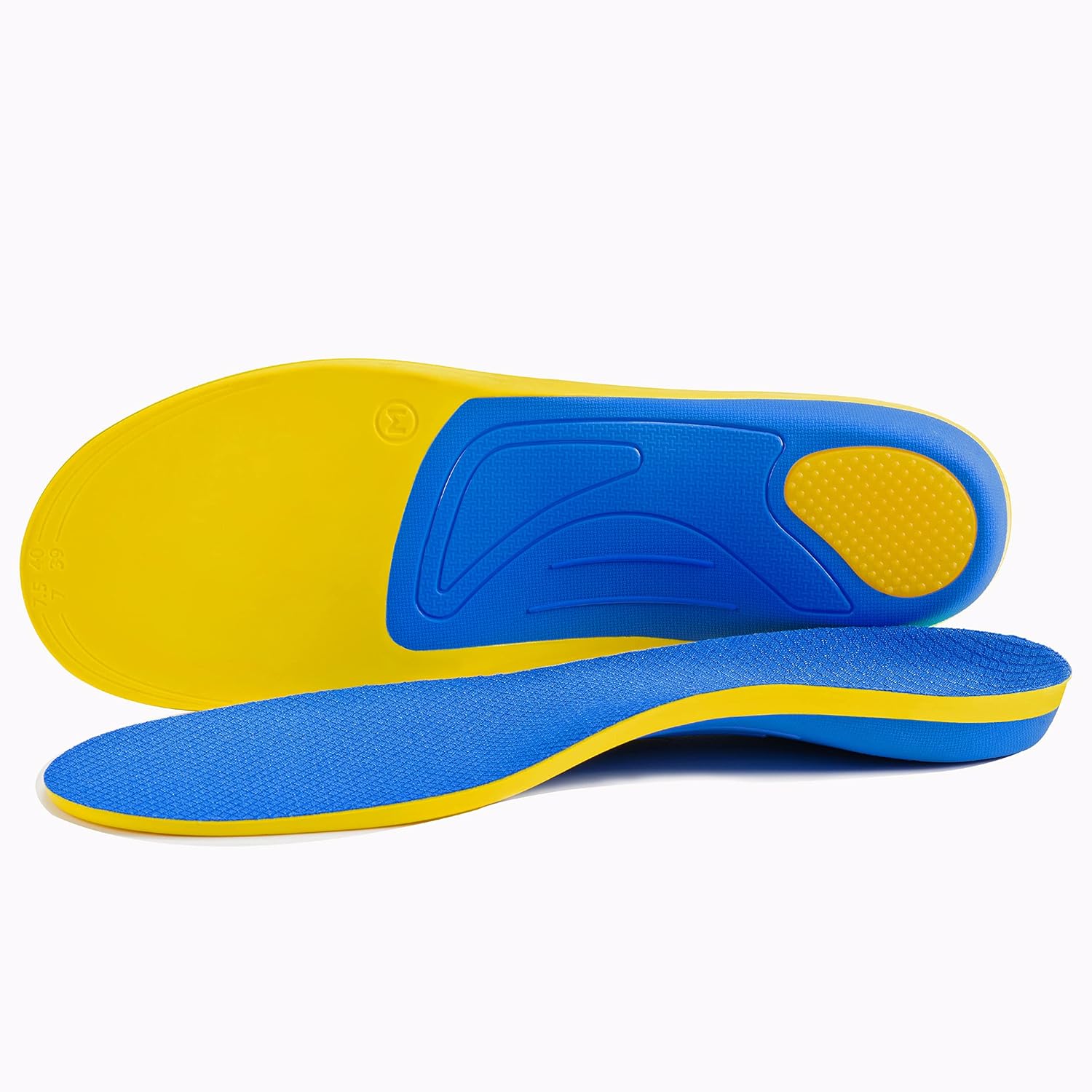Unlock the secrets to overcoming Morton’s Neuroma with our comprehensive guide. Learn about causes, symptoms, and innovative treatments to restore comfort and enhance your foot health today.
Introduction
Welcome to our in-depth exploration of Morton’s Neuroma, a foot condition characterized by the thickening of tissue around a nerve, typically between the third and fourth toes. This guide delves into the causes, symptoms, and effective strategies for managing this painful condition, aiming to empower individuals with knowledge and solutions for better foot health.
Table of Contents
Causes of Morton’s Neuroma
Morton’s Neuroma is a foot condition marked by the thickening of tissue around a nerve, usually located between the third and fourth toes. This thickening can lead to discomfort and pain. Several factors contribute to its development:
High-Impact Activities
Participation in activities that involve repetitive impacts on the feet, such as running or jumping, can place undue stress on the foot’s nerves. The constant pressure and impact may irritate and compress the nerve, leading to the development of Morton’s Neuroma over time.
Ill-Fitting Footwear
Shoes that lack sufficient toe space or force the toes into a cramped position can significantly increase the risk of developing Morton’s Neuroma. Narrow, tight-fitting shoes, and particularly high heels, push the metatarsal bones together, exerting extra pressure on the foot’s nerves. Continuous compression from such footwear can eventually cause Morton’s Neuroma.
Understanding the Symptoms

Early recognition of Morton’s Neuroma symptoms is key to managing the condition effectively. The most common symptoms include:
| Sharp, Burning Pain |
| A prevalent symptom is a sharp, burning sensation in the foot’s ball, especially noticeable between the third and fourth toes. |
| Tingling or Numbness |
| Affected individuals may experience tingling or numbness that extends into the toes, leading to discomfort and a change in sensation in the foot. |
| Feeling of a Foreign Object |
| Many describe feeling as though there’s a pebble or lump inside their shoe, even when nothing is physically present. |
| Symptoms Aggravated by Activity |
| The pain and discomfort from Morton’s Neuroma typically intensify during physical activities that put weight on the forefoot. |
| Symptoms Relieved by Rest |
| Conversely, taking weight off the foot and resting tends to alleviate the symptoms, providing temporary relief. |
Diagnosis

Identifying Morton’s Neuroma involves a detailed clinical assessment and sometimes imaging tests to accurately pinpoint the condition. The diagnostic journey includes:
| Physical Examination: A comprehensive foot examination by a healthcare professional is crucial. This includes palpating the foot and applying pressure to the specific area to check for “Mulder’s sign,” a distinctive clicking sound or sensation that occurs when the neuroma is compressed. |
| Symptom Discussion: Understanding the patient’s symptoms, including their onset, frequency, and intensity, is vital for diagnosis. This conversation helps in correlating physical findings with the patient’s experiences. |
| Imaging Tests: For a definitive diagnosis, imaging techniques like MRI or ultrasound might be employed. These tests allow for a visual confirmation of the neuroma, detailing its size and precise location within the foot. |
Prompt diagnosis and treatment initiation are key to managing Morton’s Neuroma effectively, ensuring symptom relief and preventing condition advancement. Individuals experiencing related symptoms should seek immediate medical advice.
Potential Treatments
Treatment for Morton’s Neuroma is tailored to the condition’s severity, with an initial focus on non-invasive methods. Should these approaches not yield sufficient relief, more direct interventions, including surgery, may be necessary.
Footwear Modification
Opting for shoes with a broader toe box can significantly reduce pressure on the neuroma, offering relief. Such footwear allows the toes ample space, minimizing nerve compression.
Orthotic Inserts
Both custom-made and standard orthotic devices can redistribute foot pressure more evenly, supporting the foot’s arch and lessening the strain on the affected nerve.

Steroid Injections
Administered by healthcare professionals, steroid injections into the neuroma site can decrease inflammation and offer pain relief, albeit typically temporarily.
Physical Therapy
A regimen of physical therapy exercises aimed at strengthening foot muscles, enhancing flexibility, and correcting foot mechanics can mitigate symptoms and discourage recurrence.
Cold Therapy (Ice)
Applying ice packs to the affected area can temporarily soothe inflammation and pain, providing short-term symptom relief.
Decompression Surgery
For patients who do not find relief through conservative treatments, decompression surgery may be an option. This procedure aims to relieve the nerve by cutting nearby structures that are causing compression, potentially offering a lasting solution to Morton’s Neuroma discomfort.
Prevention
Although completely preventing Morton’s Neuroma might not always be feasible, adopting certain strategies can significantly lower the risk of encountering this painful foot condition:
Choose the Right Shoes
Selecting footwear that fits well and provides ample room for toe movement is crucial. Shoes that are too tight or narrow, particularly those that compress the toes, should be avoided as they can lead to the development of a neuroma.
Modify Your Activities
Limit engaging in repetitive high-impact exercises that can overburden the feet. If you’re susceptible to foot problems, diversifying your workout routine to include low-impact exercises can help mitigate the risk.
Take Frequent Breaks
For those whose activities involve extended periods of standing or walking, it’s important to take regular breaks. This helps to alleviate foot pressure. Using supportive footwear or insoles during these activities can also provide additional support and comfort.
Keep a Healthy Weight
A healthy body weight reduces unnecessary stress on your feet and lower limbs, decreasing the chance of Morton’s Neuroma and other related foot issues.
By incorporating these preventive measures and seeking timely treatment for any foot discomfort, individuals can effectively manage their risk of Morton’s Neuroma, ensuring better foot health and enhancing their overall well-being.
Frequently Asked Questions
Q: What exactly is Morton’s Neuroma?
A: Morton’s Neuroma is a foot condition where tissue thickens around a nerve near the toes, leading to pain and discomfort.
Q: What activities increase the risk of developing Morton’s Neuroma?
A: High-impact activities, such as running or jumping, can stress the feet and contribute to the condition.
Q: How can I tell if I have Morton’s Neuroma?
A: Symptoms include sharp, burning pain in the ball of the foot, tingling or numbness in the toes, and the sensation of walking on a pebble.
Q: Are there effective treatments for Morton’s Neuroma?
A: Yes, treatments range from conservative measures like footwear modification and physical therapy to more advanced options such as steroid injections and surgery.
Q: Can Morton’s Neuroma be prevented?
A: While not always preventable, reducing risk factors such as wearing properly fitting shoes and managing activities can help.
Conclusion
Morton’s Neuroma, while challenging, can be effectively managed with the right approach. Understanding the condition’s causes and symptoms is the first step toward finding relief. By adopting preventive measures and exploring treatment options, individuals can achieve significant improvements in foot health and quality of life. Remember, early intervention is key to preventing the progression of Morton’s Neuroma and ensuring long-term well-being for your feet.










